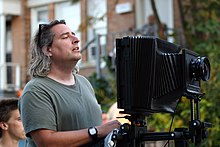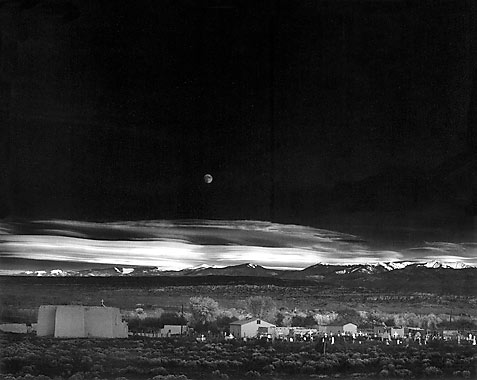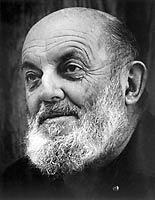Definition of depth of field
In optics, particularly as it relates to film and PHOTOGRAPHY,
depth of field (DOF) is the distance between the nearest and farthest objects in a scene that appear acceptably sharp in an image. Although a lens
can precisely focus at only one distance at a time, the decrease in
sharpness is gradual on each side of the focused distance, so that
within the DOF, the unsharpness is imperceptible under normal viewing
conditions.
In some cases, it may be desirable to have the entire image sharp,
and a large DOF is appropriate. In other cases, a small DOF may be more
effective, emphasizing the subject while de-emphasizing the foreground
and background. In cinimatography a large DOF is often called
deep focus, and a small DOF is often called shallow focus.
Affecting DOF are camera-to-subject distance, lens focal length, selected lens f number, format size, and circle of confusion criterion. The combination of focal length, subject distance, and format size defines magnification at the film / sensor plane.
DOF is determined by subject magnification at the film / sensor plane and the selected lens aperture or
f-number. For a given
f-number,
increasing the magnification, either by moving closer to the subject or
using a lens of greater focal length, decreases the DOF; decreasing
magnification increases DOF. For a given subject magnification,
increasing the
f-number (decreasing the aperture diameter) increases the DOF; decreasing
f-number decreases DOF.
When the “same picture” is taken in two different format sizes from the same distance at the same
f-number
with lenses that give the same angle of view, and the final images
(e.g., in prints, or on a projection screen or electronic display) are
the same size, the smaller format has greater DOF.
Many small-format digital SLR
camera systems allow using many of the same lenses on both full-frame
and “cropped format” cameras. If, for the same focal length setting, the
subject distance is adjusted to provide the
same field of view at the subject, at the same
f-number and final-image size, the smaller format has
greater DOF, as with the “same picture” comparison above. If pictures are taken from the
same distance using the same
f-number, same focal length, and the final images are the same size, the smaller format has
less DOF. If pictures taken from the same subject distance using the same focal length, are given the
same enlargement, both final images will have the
same DOF. The final images will, of course, have different sizes.
Cropping an image and enlarging to the same size final image as an
uncropped image taken under the same conditions is equivalent to using a
smaller format under the same conditions, so the cropped image has less
DOF.
When focus is set to the hyperfocal distance, the DOF extends from half the hyperfocal distance to infinity, and the DOF is the largest possible for a given
f-number.
The advent of digital technology in photography has provided
additional means of controlling the extent of image sharpness; some
methods allow extended DOF that would be impossible with traditional
techniques, and some allow the DOF to be determined after the image is
made.







































